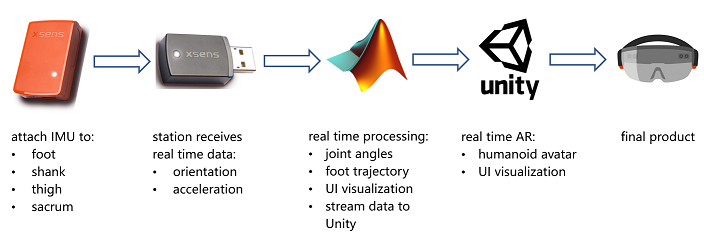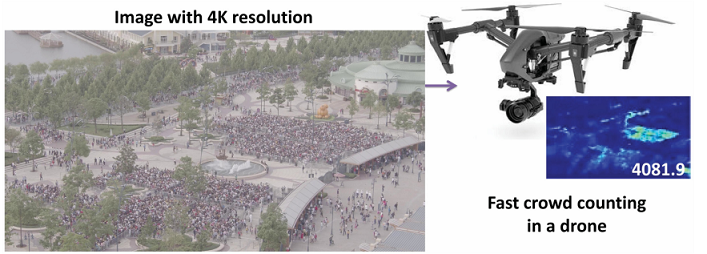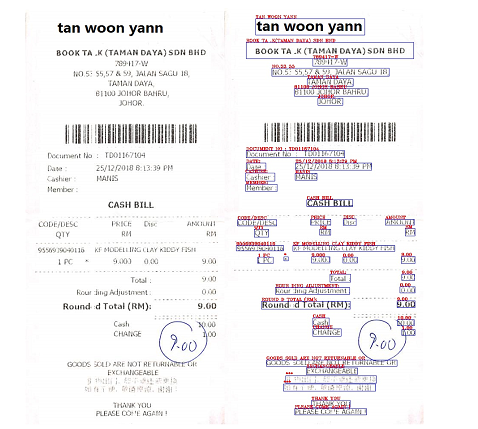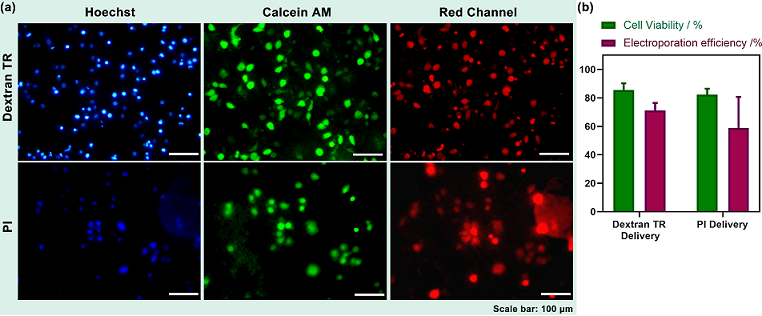This is a brief introduction of my research.
I have been focusing on efficient signal processing on biomedical devices with statistical learning and image processing tools as a student researcher. My researches include: first, an on-going Canadian government-funded project on wearable technologies for sportive assessment with the University of Alberta; second, the implantable biomedical devices for glucose and cancer detection through the bioelectric lab, concluded with an accepted paper; and third, the efficient image processing methods on embedded devices, originated from my internship at a drone company in collaboration with a communication lab, concluded with a submitted paper.
Neuromuscular Control & Biomechanics Laboratory
Supervisor: Dr. Hossein Rouhani
Wearable Technologies
Novel Wearable Technologies for Sportive Performance Assessment

Wearable technologies create a significant opportunity for sportive performance evaluation in the field and recording the actual and natural performance of the athletes. The objective of this project is to develop wearable technologies for sportive performance assessment in sportive fields such as ice hockey, volleyball, and track and field activities. These technologies will enable the coach and the training team to better assess the performance of the athletes and reduce the risk of injuries. This project will be completed in collaboration with physical education scientists and athletic teams at the University of Alberta. In our general plan, the developed wearable technology will be designed, validated in the lab, tested in the field, and delivered towards technology transfer.
Links:
- Personal Website
- Media Coverage: Mitacs (Sponsor), CBC TV, Global news, CTV, New Atlas, Edmonton Journal, Calgary Herald, Vancouver Sun
Integrated Intelligent Information & Communication Lab
Supervisor: Dr. Xiang Chen
Crowd Counting
Flounder-Net: An Efficient CNN for Crowd Counting by Aerial Photography

Crowd counting in embedded systems is a challenging task due to low computing power and limited memory. To tackle the problems, we propose an efficient CNN-based model named Flounder-Net. Flounder-Net is a new structure using modified interleaved group convolution and fast decrease of feature maps. The speed tests in a drone which is a representative embedded device demonstrate that Flounder-Net outperforms all CNN-based models in speed. As existing crowd counting datasets do not fully cover situations considered in our work, we collect and annotate a large-scale high-definition aerial dataset. Extensive experiments on existing datasets and our aerial dataset show that Flounder-Net achieves FCN-level accuracy in three main applications: handheld cameras, surveillance cameras and drone-based cameras. Additionally, Flounder-Net has 17× fewer parameters than FCN and allows an input image of arbitrary sizes.
This work is concluded with a submitted paper to Neurocomputing, “Flounder-Net: An Efficient CNN for Crowd Counting by Aerial Photography”.
Links:
- Partnership: ZeroTech
- Source Code
Optical Character Recognition
ICDAR 2019 Competition: Scanned Receipts Optical Character Recognition

- Task 1: Scanned Receipt Text Localization
- Task 2: Scanned Receipt OCR
- Task 3: Key Information Extraction from Scanned Receipts
Links:
FPGA Acceleration
Design of Convolutional Neural Networks Hardware Acceleration Based on FPGA
We implement Xilinx’s solution as a training project.
Reference: J. Qiu et al., “Going deeper with embedded FPGA platform for convolutional neural network,” in Proc. FPGA, Monterey, CA, USA, 2016, pp. 26–35.
Links:
Bioelectronics Lab
Supervisor: Dr. Xi Xie
Medical Image Processing
Degradable Porous Nanoflower Substrate-embedded Microfluidic Device for Capture, Release and in situ Manipulation of Cancer Cells

My contribution of this research on microfluidic devices is developing a multi-channel microscope image processing method to examine electroporation efficiency. A sample image is shown above.
This work is concluded with an accepted paper to Applied Materials Today, “Degradable Porous Nanoflower Substrate-embedded Microfluidic Device for Capture, Release and in situ Manipulation of Cancer Cells”.
Glucose Signal Processing
Implantable Glucose Sensors

My contribution of this research on implantable biologocial devices is to help evaluate and correct the error of prediction and draft the graphs. A sample graphs is shown above.
Ultrasound-driven Nanomotors
Ultrasound-driven Nanomotors for Drug Delivery
My job is to design an ultrasound generator that could precisely and stably generate sound levitation to drive nanoparticles. I also conducted the acoustic experiments. This research failed because of the instability of our piezoelectric transducers.
Reference: Wang, W, L. A. Castro, M. Hoyos, and T. E. Mallouk (2012), “Autonomous motion of metallic microrods propelled by ultrasound,” ACS Nano